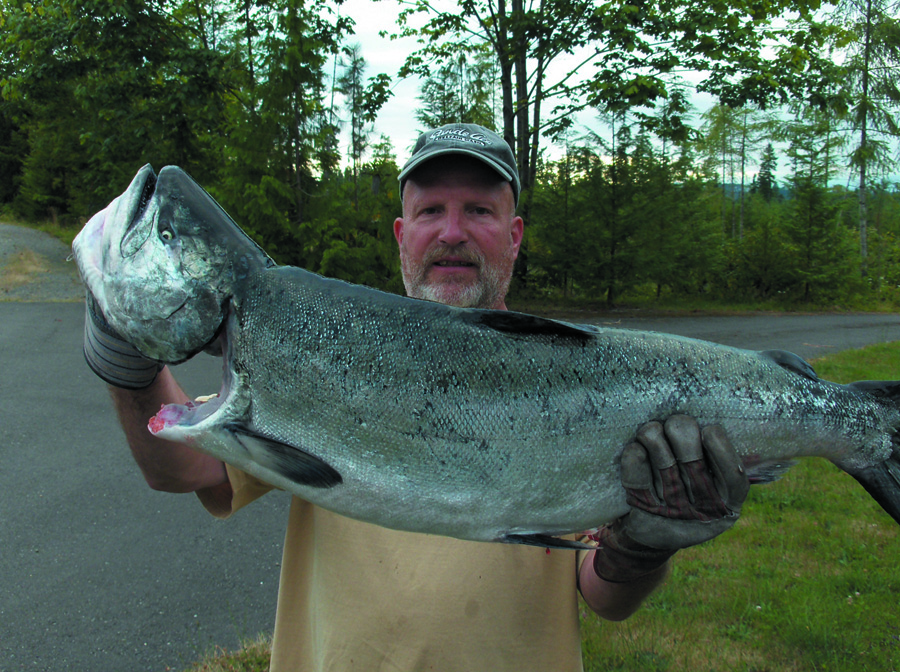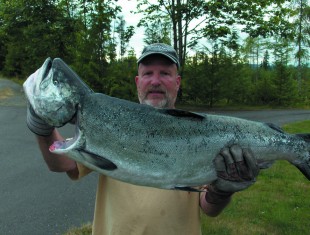EARL SANDE
During the summer of 2013 a mysterious disease was discovered that was wiping out large populations of sea stars from Alaska to California and no one knows why.
Once they become infected death comes quickly, usually within a week but sometimes within 24 hours. It can start out with just a few white spots then the arms begin to twist in weird positions. A few hours later they start to melt away and turn into goo, their arms fall off and have been seen crawling away until they too disintegrate into mush.
Could this be the end of the planet as we know it!
Well, come to find out this has happened before, but not on this large of scale at least as far as we know. In 1972 a large die-off occurred off the northeast coast of America, and in 1978 a similar wasting disease wiped out many starfish in the Gulf of California. There were several major die-offs along the CaliforniaCoast during the 1980s. Some areas have not fully recovered yet.
The cause of this sea star wasting syndrome has baffled marine scientists so far. The possible causes seem endless and range from, pathogenic bacteria, a viral or fungal pathogen, high sea water temperatures, low oxygen, low salinity, a parasite, pathogen from ballast water from foreign ships, ocean acidification, man-made chemicals, wastewater discharge and even the 2011 Fukushima power plant disaster, but this one is highly unlikely.
Starfish have been around for 400 million years and have survived at least two major world wide extinction events. One was 200 million years ago when more then 90 percent of all life on earth perished. The other was 65 million years ago when an asteroid finished off the dinosaurs after they had ruled the world for 160 million years.
A starfish doesn’t have a brain, but they do have sensor spots that can detect light and darkness. They don’t have many predators although I have seen seagulls try. Sea otters and sea lions have been known to rip off an arm and suck it down; usually the leg will grow back in a year or so.
Starfish are very important to the marine ecosystem and are considered a “keystone” predator. They are the top predator of creatures such as mussels, barnacles, limpets, snails, clams, oysters and other animals that are stationary or very slow.
When starfish disappear from an area, the diversity of sea life decreases because mussels, barnacles or whatever is dominate can take over a large area. Starfish keep the single species in check allowing for multiple species to take hold.
They can be found in all the world’s oceans. So far 1,800 species have been discovered with most living in the tropical-temperate Pacific Ocean.
One of the most common sea stars in the Pacific Northwest is “Pisaster ocbraeus”, named for the Greek word “acbros” meaning pale yellow. Most are purple in our area, but some are also orange, brown or yellow.
They have five arms, are stout and spiny and range from 8 to 20 inches across. This species only lives in the Pacific Ocean from California to Alaska and can be found all the way down to 300 feet, but are usually much shallower especially in spring and summer.
Starfish keep themselves very clean. You never see sea-weed or barnacles growing on them because they have tiny teeth-like structures that destroy anything foreign from attaching to them.
For movement they use a sea water hydraulic system that operates their thousands of tube feet allowing them to move along at three inches per minute. Their tube feet can also act like suction cups to pull shells apart for feeding and for clinging onto rocks during rough water.
If the tide goes out before they do, their hydraulic system shuts down and they can’t move until the water covers them again. Also when they are high and dry some water runs out of them making their bodies more solid, which makes it more difficult for predators to eat them.
Like some other sea creatures, males might change into females as they grow older.
In the spring starfish will group up and release sperm and eggs into the water like other broadcast spawners do. How they communicate with each other for this mass spawn is a bit of a mystery, but probably has something to do with releasing a chemical that they all can detect.
A single female can release 40 million eggs. The eggs that get fertilized will soon hatch into larvae and float around with the rest of the plankton near the surface for two to six months eating anything smaller then them. At this stage they can propel themselves slowly up and down the water column. They can also develop a foul flavor that helps deter others from eating them.
They eventually morph into a tiny sea star and drop to the bottom and with a lot of luck could live for 20 to 40 years. But like many mass spawners. 90 to 99 percent die before they make it to the tiny sea star stage.
They also have two stomachs. One can enter the clam, oyster or mussel after its shell is pulled apart and start the digesting process, finishing it up with the other stomach.
I’m sure most people could care less if starfish are here or not, but they are very important for a healthy marine ecosystem. If they were to disappear it would definitely be another nail in the coffin for poor old Puget Sound.


